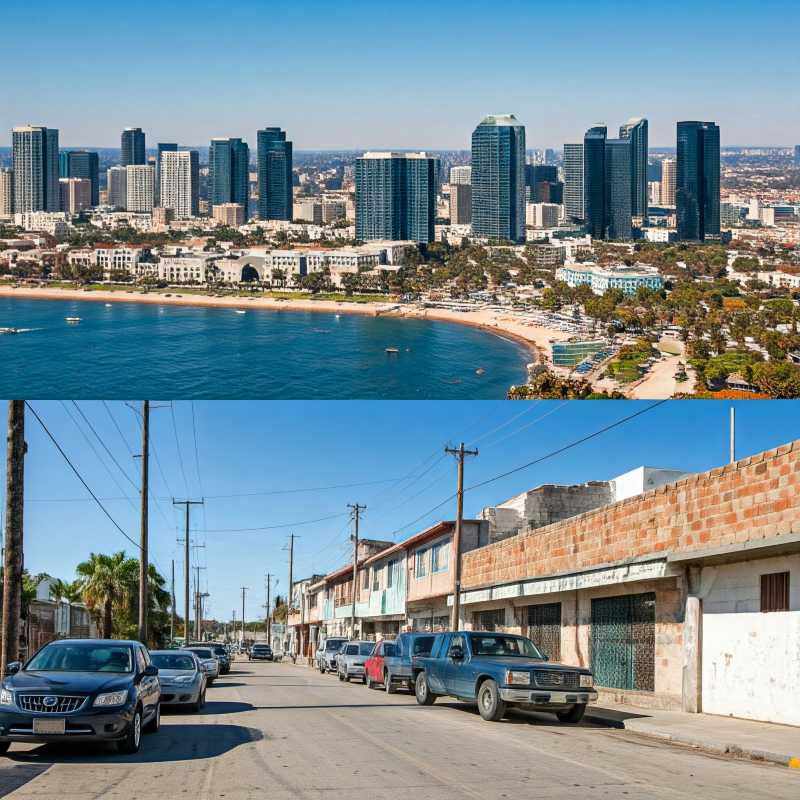69 Million Reasons Why We Need a New Border
The US-Mexico border faces complex challenges, including immigration, sanitation, and security, that require binational solutions. Economist James Gerber argues for more intergovernmental collaboration, emphasizing the interdependence of border communities.

On the border between Mexico and the United States, the stakes are high, and the challenges complex. The region, spanning nearly 2,000 miles, represents not just a physical divide but a crucible of shared economic, social, and environmental realities. According to James Gerber, professor emeritus of economics at San Diego State University, the current governance models, which rely heavily on policing and surveillance, are ill-suited to address the multifaceted issues of this dynamic region. Instead, he advocates for binational institutions and intergovernmental organizations to foster cooperation and manage interdependence.
“The problems of the border region cannot be solved by Mexico or the United States alone,” Gerber stated at a recent seminar hosted by the National Autonomous University of Mexico (UNAM). “We are interdependent.” This assertion underscores the necessity for coordinated action to tackle the region’s pressing issues, which range from sanitation, immigration, and public health to cross-border transportation, environmental quality, and personal security.




